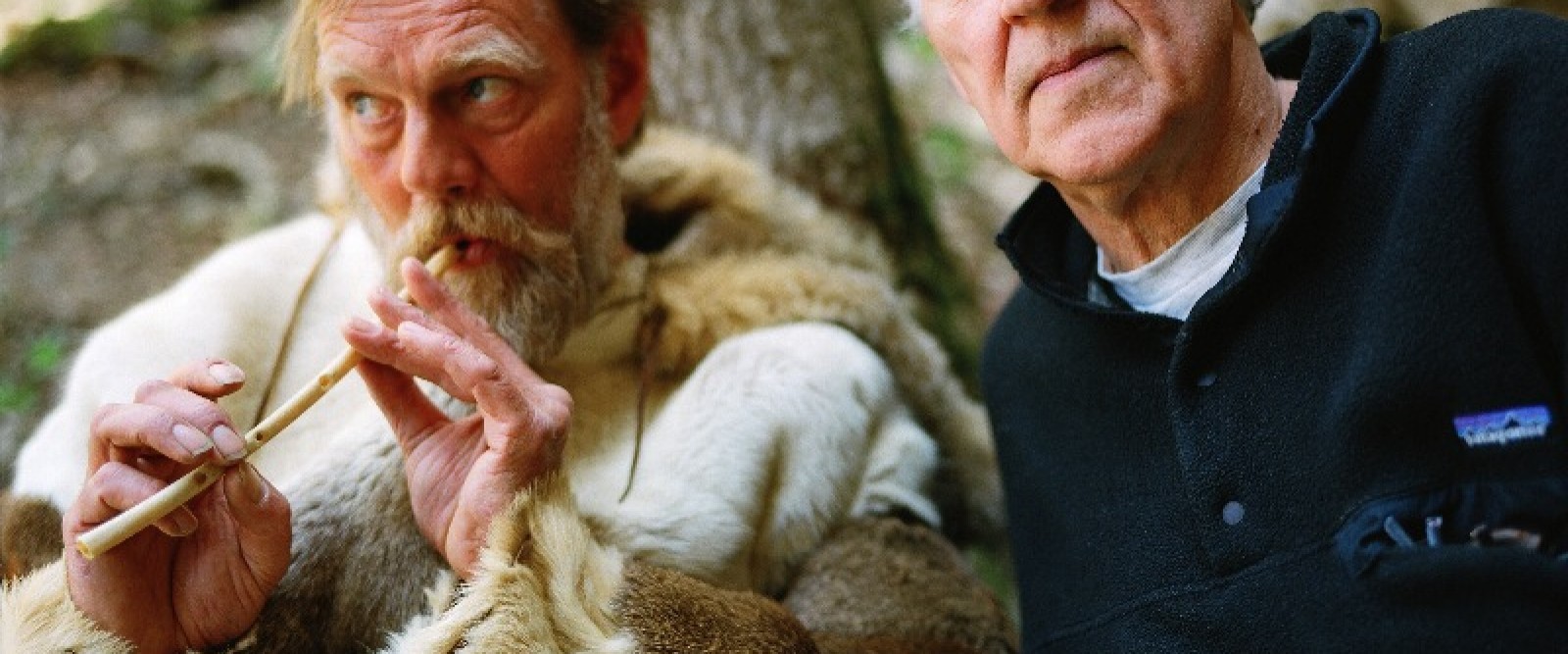In 1994, speleologist Jean-Marie Chauvet stumbled across a cave along the River Ardéche in France. The cave walls were covered with around 500 cave paintings that dated back almost 30,000 years. German director Werner Herzog was fascinated by an article about the Chauvet cave in the New Yorker; although the cave is normally closed to visitors to protect its unique climate, Herzog was given permission by the French Ministry of Culture to film inside it for a few hours a day. With a team of geologists, archaeologists, art historians and Prehistory experts, Herzog delves into the depths of the earth and history armed with a small camera and special lights for his first extraordinary film in 3D.
Director
WERNER HERZOG
Werner Herzog was born in Munich, Germany, in 1942. He grew up in a village buried deep in the Bavarian mountains, where there was neither television nor telephone. When only nineteen and still at high school he used to work nightshifts as a solderer in an iron and steel factory in order to earn money to produce his first film, Herakles (1962). Since then he has produced, written and shot more than forty films, published more than a dozen books and directed several films. His vast filmography includes: The Enigma of Kaspar Hauser: Every Man for Himself and God Against All (1974), winner of the Jury Great prize in Cannes in 1975, Stroszek (1977), Nosferatu (1978), Woyzeck (1979), God’s Angry Man (1980), Fitzcarraldo (1982), which was awarded for the best film production in Cannes in 1982.
Gallery



